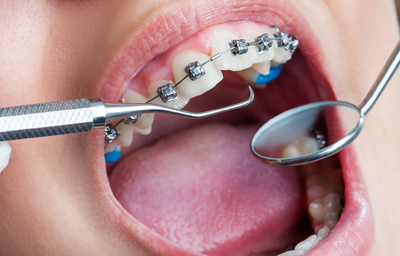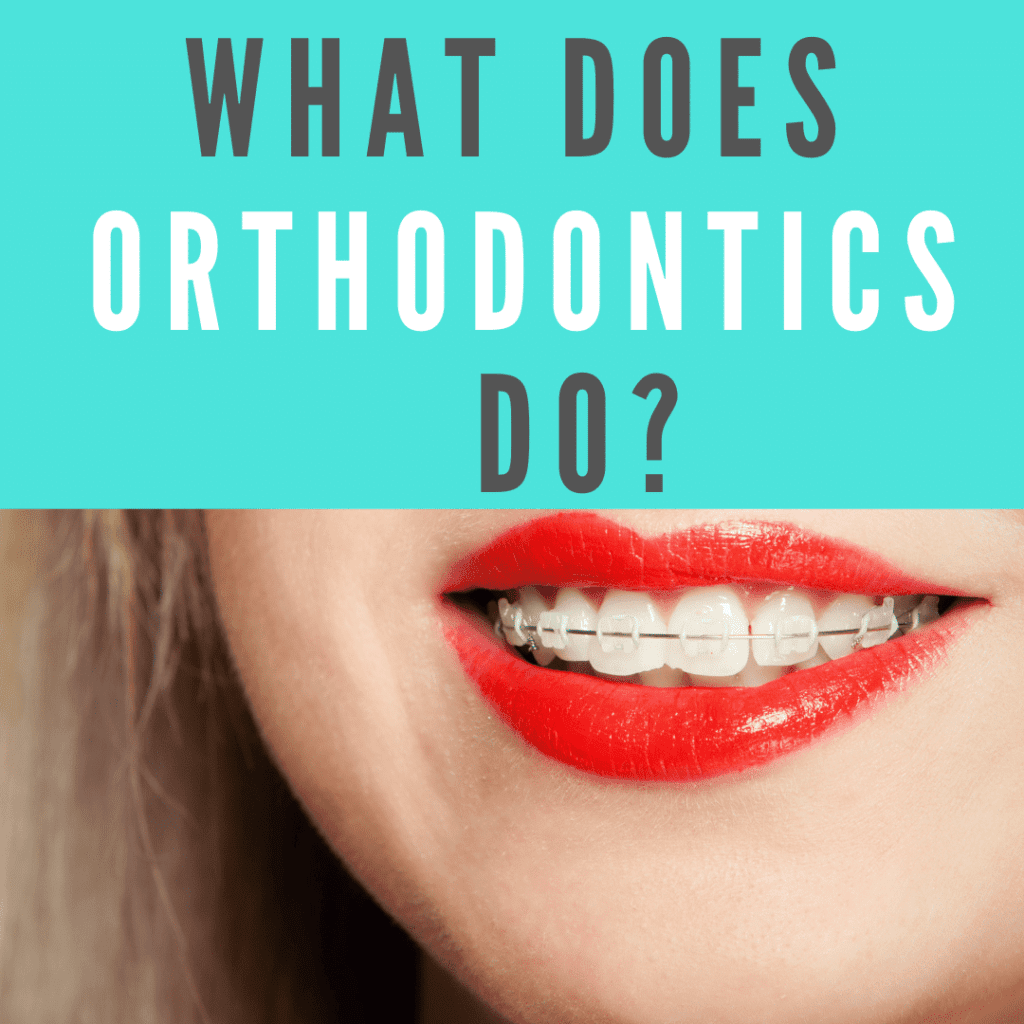What Does Causey + Hall Orthodontics Mean?
What Does Causey + Hall Orthodontics Mean?
Blog Article
Causey + Hall Orthodontics for Dummies
Table of ContentsCausey + Hall Orthodontics Can Be Fun For EveryoneThe Main Principles Of Causey + Hall Orthodontics See This Report on Causey + Hall OrthodonticsThe Main Principles Of Causey + Hall Orthodontics What Does Causey + Hall Orthodontics Mean?Unknown Facts About Causey + Hall Orthodontics
What is the difference between a dental expert and an orthodontist? All dentists, consisting of orthodontists, treat the teeth, gum tissues, jaw and nerves.Orthodontists and dental experts both give dental care for clients. The main difference is that becoming an orthodontist calls for a specific specialized in treating the imbalance of the teeth and jaw.
An orthodontist is a dentist that has actually gone through training to specialize in the diagnosis, avoidance and therapy of abnormalities in the jaw and teeth. Orthodontists can help individuals of all ages.
The 7-Minute Rule for Causey + Hall Orthodontics
This includes all the necessary education and learning to become a general dental professional. According to the American Pupil Dental Organization (ASDA), it implies you will require to have either a Medical professional of Medicine in Dentistry (DMD) or a Medical Professional of Oral Surgical Treatment (DDS). Simply put, orthodontists need to complete oral school and after that get an orthodontics specialized education and learning.


Various other than the orthodontist, we typically see assistants functioning with these oral specialists in their centers. What is an orthodontist aide called?
All About Causey + Hall Orthodontics
In enhancement, we offer adjustable treatment timetables, flexible settlement choices and an enjoyable, satisfying experience.
An orthodontist is a dental practitioner trained to detect, avoid, and deal with teeth and jaw irregularities. Orthodontists function with individuals of all ages, from kids to grownups.
All orthodontists are dental experts, yet not all dental professionals are orthodontists. Orthodontic residency programs offer extensive, concentrated guideline for dental specialists. They focus on two locations: Just how to properly and securely move teeth How to appropriately guide advancement in the teeth, jaw, and faceOnce an orthodontist has finished training, they have the alternative to become board certified.
Examine This Report on Causey + Hall Orthodontics
Misalignment, or malocclusion, is the most typical factor people see an orthodontist. Malocclusion is generally treated with: Your orthodontist affixes metal, ceramic, or plastic square bonds to your teeth.
If you have just small malocclusion, you might be able to utilize clear braces, called aligners, rather than traditional dental braces. Some people need a headgear to aid move teeth into line with pressure from outside the mouth. After braces or aligners, you'll need to wear a retainer. A retainer is a custom-made gadget that keeps your teeth in position.
They can create additional area in the mouth without having to draw teeth. Orthodontists use wires, medical screws, or plates to sustain your jaw bone.
Causey + Hall Orthodontics Fundamentals Explained
During your very first orthodontic examination, you'll likely have: An oral examPhotos taken of your face and smileDental X-raysPanoramic (360 level) X-rays of your face and headImpressions to produce molds of your teethThese examinations will help your orthodontist understand how to continue with your treatment. An orthodontist is a dental professional who's had training to treat your teeth and jaw.
Orthodontists are dental practitioners however not all dental practitioners are orthodontists. Orthodontists are concentrated on your bite, or the way your teeth fit together, and the straightness of your teeth.
Causey + Hall Orthodontics Can Be Fun For Anyone
What specifically does an orthodontist do? Orthodontists are dental specialists who focus on remedying irregularities in the teeth and jaws.

Clear aligners, like Invisalign, are a popular option for patients looking for a much more discreet therapy option. These detachable trays are customized to considerably move the teeth's position. Headwear may be used in conjunction with dental braces or aligners to apply additional targeted forces, specifically for remedying jaw disparities. In instances of narrow jaws, palatal expanders can be used to develop room for proper tooth positioning.
Report this page